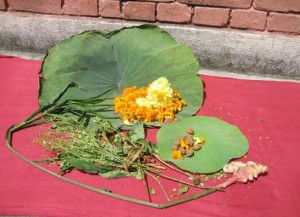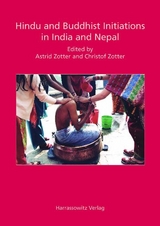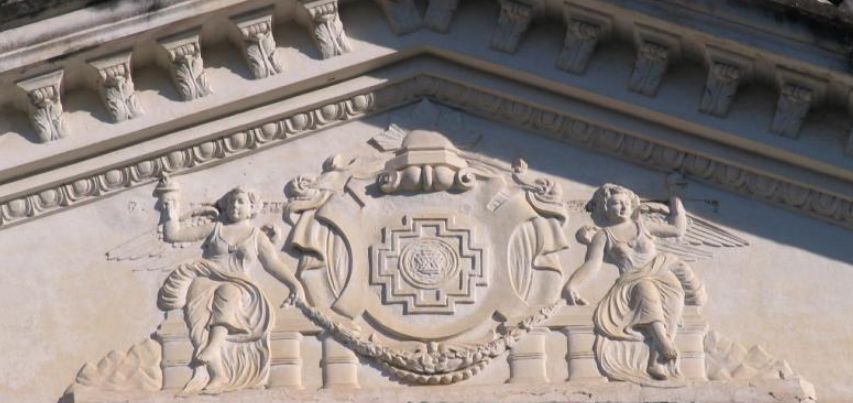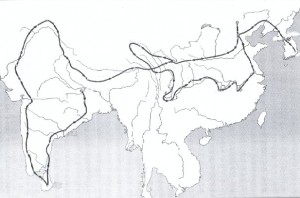
Astrid Zotter (née Krause). ‘Pūjā-Blüten in Nepal: Bestimmungen des Puṣpacintāmaṇi‘. Universität Leipzig: PhD dissertation, 2009. [In German; PDF] 408 pp., illus.
Dr. Zotter’s dissertation on the medieval flower-offering manual Puṣpacintāmaṇi presents a critical edition of the Sanskrit and Newar texts, and discusses the role of this important work in Nepal from the reign of Pratap Malla onwards. This is a new milestone in Newar studies, and more generally another welcome contribution to the study of the transmission of Sanskrit texts and vernacular translations in medieval South Asia. A few words from the abstract (roughly translated):
From the Abstract
The Sanskrit text Puṣpacintāmaṇi (PuCi) treats flower offerings (upacāra) in the most important worship ritual of Hinduism, the pūjā. In 400 verses, about 200 names of flowers prescribed as appropriate or inappropriate gifts for various deities and pūjās are listed. The text is a compilation (nibandha), in which the contents of 47 named source texts are reported. […]
The aim of the thesis is not only to edit this text, which was published for the first time in 1966, anew on the basis of all traditional manuscripts and to translate it for the first time, but also to fit it into its context. Here, the context of the historical development of the text, the position of the PuCi in the textual tradition and the varieties of interpretation are taken into account. […] Continue reading “Zotter, ‘Pūjā-Blüten in Nepal’; on the Puṣpacintāmaṇi (2009)”


 Astrid Zotter and Christof Zotter (eds). Hindu and Buddhist initiations in India and Nepal. Ethno-Indology, v.10. Wiesbaden: Harrassowitz, 2010. 380 p. ISBN 9783447063876. [
Astrid Zotter and Christof Zotter (eds). Hindu and Buddhist initiations in India and Nepal. Ethno-Indology, v.10. Wiesbaden: Harrassowitz, 2010. 380 p. ISBN 9783447063876. [ Dipak Kumar Barua. New Vajrayāna Mystic Songs from Nepal. A study on the Nava Caryāpada with texts and translations. Saarbrücken:
Dipak Kumar Barua. New Vajrayāna Mystic Songs from Nepal. A study on the Nava Caryāpada with texts and translations. Saarbrücken: 


